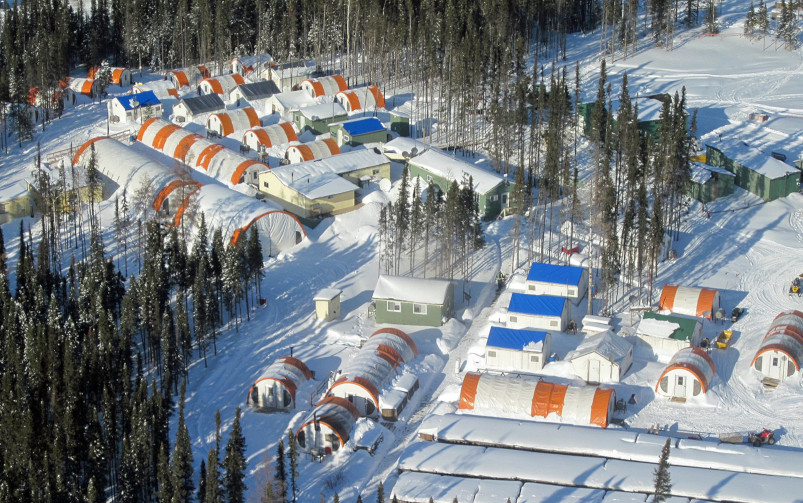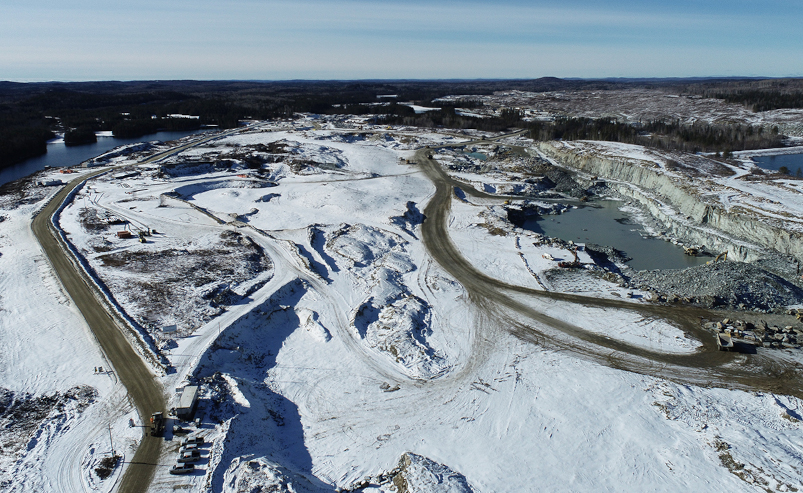Working from home goes hand in hand with using cloud-based systems. For the mining industry, this means that mines can input their data and generate reports directly in an online system, as many mines are located in remote and difficult to access locations.
On the second day of the 60th Annual Conference of Metallurgists, Virtual COM 2021, Osvaldo Bascur, principal of digital transformation at OSB Digital and consulting fellow at Seeq, talked about digital transformation in the mining and metallurgical industry using advanced analytics through Seeq for process manufacturing data. Seeq is an application dedicated to process data analytics as well as search data, add context, cleanse, model, find patterns, establish boundaries, monitor assets, collaborate in real time, and interact with time series data in the mining industry.
The talk was broken down into three sections: digital transformation secrets; the four steps that are required to maximize metal recovery and mine plan effectiveness; and dynamic decision support which requires predictive analytics.
He outlined how multiple digital-transformation roadblocks – such as having too many data silos or multiple versions of the truth with different objectives, not considering planning in operation data, running industrial plants that are separated from enterprise operational support, and not seizing opportunities to redesign business processes – all prevent companies from digitally transforming the way they work.
When management receives data from operations of a mine, such as from maintenance and engineering teams, it receives a synthesized or summary version of that data and must go back to ask questions or investigate its inner workings if problems arise. Bascur argues that to ensure enterprise operational support, meaning the business runs smoothly, effectively, and professionally, there needs to be a smoother bridge between operations and management through the correct systems.
“Computers are learning a lot from the data and we are constructing this new way of thinking. Industrial plants are segregated from enterprise operational support. This is something that is being recognized heavily,” Bascur said.
Related: The opening plenary discussion at CIM’s Virtual COM 2021 explores the advantages and disadvantages of various additive manufacturing techniques
According to Bascur, miners now must make use of cutting-edge technologies, like Seeq, to run more efficient operations, manage risk, improve health and safety, and reduce the cost of maintenance and extraction.
The information received, through using data analytics software, allows companies to calculate recovery in real time and to develop predictive analytics models to find the best operating conditions based on the type of ore currently mined. By measuring and managing recovery closely to ensure efficiency, unproductive times can be found and avoided once the predictive model is found, improving the profitability of a plant.
Bascur gave the example of Barrick Gold, which used cloud-based solutions to manage multiple variables of its gold production. One challenge it faced was developing process models to understand gold recovery, to improve yields and manage operating costs. The solution was to use data to develop online predictive models for improvement. Its results were improved gold recovery by reducing operational trouble times and understanding the effects of particle-size distribution shape.
According to Bascur, in order to change how we work we must teach the computer as we interact with the system. The most important aspect of digital transformation is understanding that data collected by process control systems is not information. Value is created by adding the right time and state context to real-time data. This is how operations can move to a new level of efficiency.
“In the new times that are coming, we are moving into a cloud-based environment, and in a very systematic approach. Working from home or wherever you are, these systems that you can access very easily, allow you to have very good collaboration with many people. I really encourage you to start this journey as soon as you can,” Bascur said.
Virtual COM 2021 is entirely digital and is taking place from Aug. 17 to 19.



